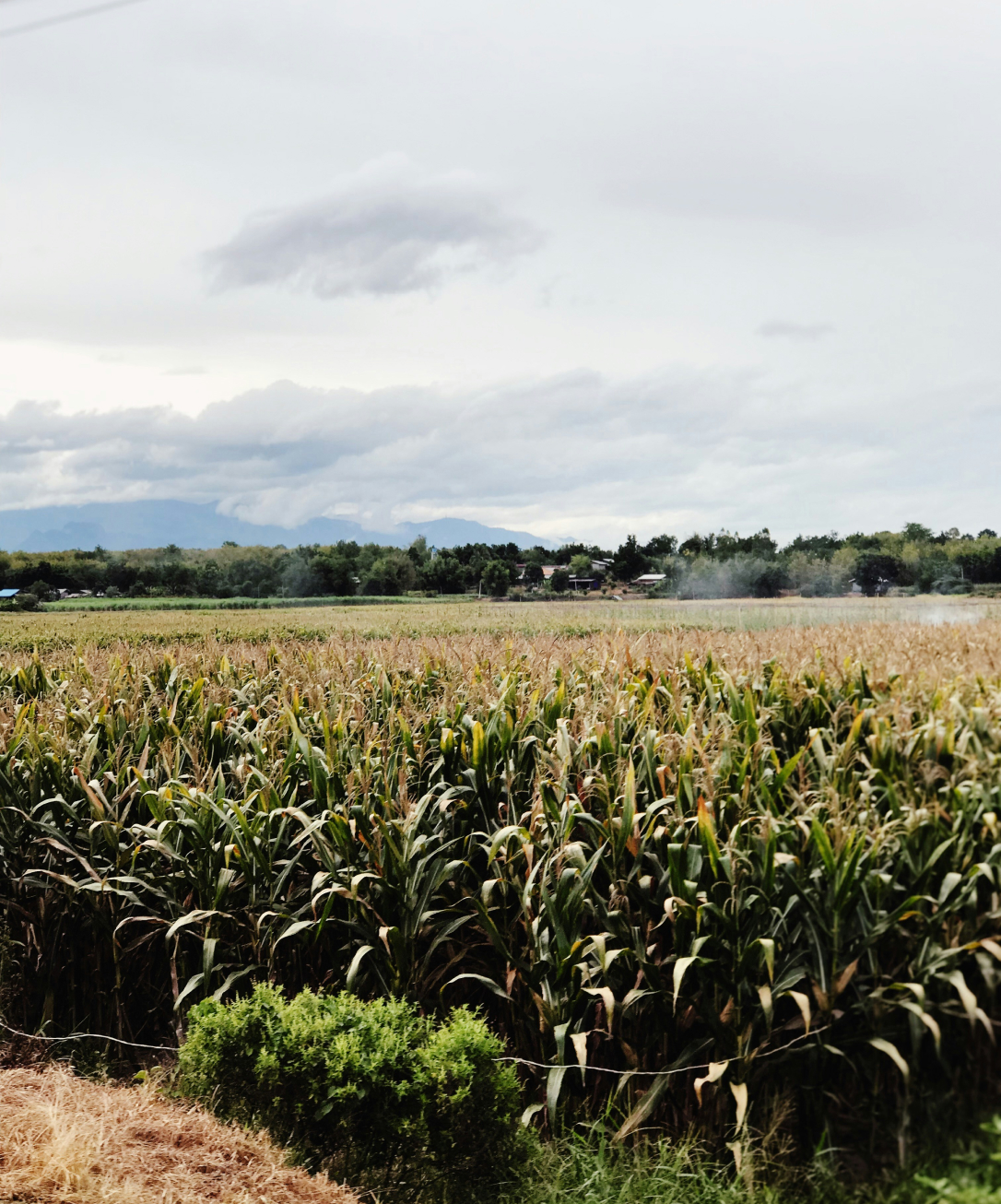About DINOSAR
Project concept
and objectives
DINOSAR aims to develop Copernicus based algorithms to support smart farming applications that can be used worldwide, clouds, or no clouds. This will support farmers to match agricultural inputs (fertilisers, pesticides, water) with what the crop needs, decreasing their environmental footprint.
Our objectives
To monitor sugarcane phenology and health that integrate the diagnostic power of optical, infrared and Synthetic Aperture Radar (SAR) signals.
Operationalize the prototype of these algorithms in such a way that runs in Near Real Time (NRT), can be scaled-up geographically, and can be extended to other crops.
Develop use-cases with international partners appropriate for various customers and market segments. DINOSAR ambition is to monitor sugar-cane crops in the Cauca Valley (Colombia) and so reach potential direct end-users.
Establish a generic methodology to apply this research to other crops and geographies, including a product development roadmap to develop the exploitation of the project.
Copernicus solutions will allow farmers to optimise irrigation management, drought monitoring and the use of fertilisers, which in turn provide economic and environmental benefits. It is recognized that smart farming can lead to about 20 % decrease in the consumption of water, fertilisers and pesticides, while maintaining production.
Located in the Cauca Valley, in the South region of Colombia, our case-study will focus on sugar-cane crop. A privileged link with the Colombian partner AgroAp will facilitate the exchanges between the academic side of the project and the end-users mainly located in South America.


Why are we focusing on Colombian territory
The sugarcane sector in Colombia has certain characteristics that makes it an excellent test case for the development of DINOSAR:
- Sugarcane is associated with land degradation and over-fertilisation, it is also the largest crop in the world by volume, and the constant market demand for its derivatives (sugar, ethanol, bioenergy) will ensure this commodity to stay put.
- Substantial gains can be made in resource efficiency. Colombia has one of the highest rates of fertiliser overuse in the region with as much as 70% of the applied nitrogen going to waste.
- The area planted in the Cauca Valley has reached its potential. Geographical expansion in the valley is no option which contributes to deforestation in natural areas in the foothills of the Andes. Sustainable use of land is of utmost importance to make the sector future-proof.
- The area deals with substantial cloud cover throughout the year and this condition is exacerbated during La Niña periods (climatic phenomenon producing strong cloudy depressions). This makes it an ideal test ground for DINOSAR algorithms;
- DINOSAR consortium have an extensive network in Colombia, allowing a good knowledge of the sector and trusted partners. This supports the project implementation and will allow to do an extensive field campaign with local partners.
- The Colombian sugarcane industry is robust, as it has invested in the development of other cane-based products besides sugar like ethanol production and cogeneration of energy. Cogeneration is the generation of electricity and thermal energy from a single fuel source, in this case sugarcane bagasse (dry residue after the extraction of the juice from sugarcane). This diversification spreads production risks over 3 value chains. This sophisticated way of sugarcane production and processing has placed Colombia on the map as a well-respected producer in the sector.
